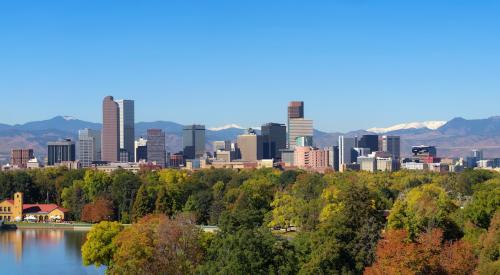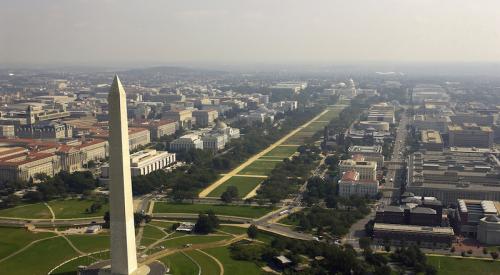Currently, experts are watching the economy, demographics, and migration patterns to and from Las Vegas, as new data suggest its economy is likely to grow about 8.7 percent in 2018, 2.3 percent higher than the expected growth in the remaining top 100 U.S. markets.
One of the biggest draws for potential buyers and renters is Las Vegas’ affordability. The median listing price for a single-family home is $279,988, whereas in top markets like Seattle and San Francisco, median listing prices range from $688,000 to $1,249,000, respectively. Further, the latest forecast from Realtor.com suggests that Las Vegas single-family homes may have one of the sharpest price increases nationwide in 2018.
However, in 2017 Nevada was deemed the most overheated housing market year-over-year by credit rating agency Fitch Ratings. Fitch’s assessment was that home prices in the state were overvalued by 15 to 19 percent, raising questions as to how the metro might sustain its rate of growth and stabilize. Nationally, home prices are consistently growing 3.5 percent annually.
Stephen Miller, director of the Center for Business and Economic Research at the University of Nevada, Las Vegas, says, “Las Vegas construction activity is heating up, with many projects ongoing, starting, or in the works for the near future – Raiders’ stadium ($1.9 billion), Las Vegas Convention and Visitors Authority expansion ($1.4 billion), highway construction (Interstate 11 and Project Neon), new public schools, new home construction, and so on.”
Miller goes on to describe obstacles for Las Vegas to overcome as it grows, saying, “We are experiencing a shortage of construction workers as are other states in the West. Where will we get the workers is the big question. We are surrounded by land owned by the U.S. Bureau of Land Management. Thus, we also have a land shortage.” He concludes, “The labor shortage will get worked out by the markets. Wages will rise for construction jobs."












